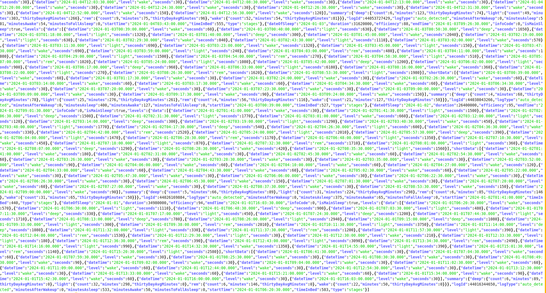
Short note trying to distill + develop the concept of the centaur stage:
A bunch of essays by important Chinese people, mostly about politics, in English:
https://www.readingthechinadream.com/personal-favorites.html
Pascal's Wager doesn't go far enough:
Granted, the Christian God offers infinite rewards, but as far as I can find this is always in terms of "eternal" life or "eternal" communion with him, and so we can be confident that he is offering rewards only as large as the cardinality of the continuum.
So come on down to Crazy Georg's Omega Plus First Church of G...d: If you can conceive of a God advertising any size of infinite reward, G...d will match it.
Hypothesis: if you take means/totals, there is no orgasm gap between men & women
Yet the medians are vastly different
As I migrate more posts on 'verse computing, I observe:
Those people with buttsticks about "byte" and "nybble" being too silly are going to have to continue to suffer post-contact through "playte", "dynner", "feyst", and "banquyt".
(Industry-standard word lengths in the seventh millennium are banquyts. Conveniently, this means that IIP addresses are still quadwords.)
e.g. The only three practical applications of a gravity gradiometer are like: (1) Answer fundamental physics questions about the Earth and the universe. (2) Obtain navigational data for inertial guidance system to nuke someone else with nuclear ballistic missiles. (3) Find oil.
- Website
- https://niplav.site/index.html
- Pronouns
- they/them
I operate by Crocker's rules[1].







